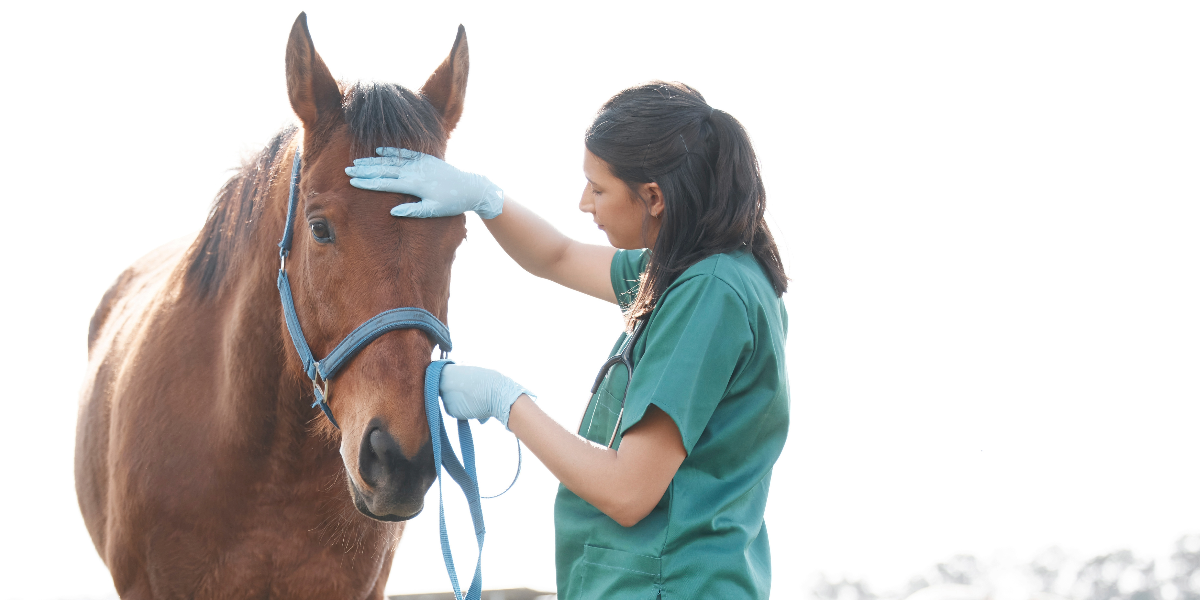The state’s peak farm group has laid out a plan for government to resolve an acute shortage of large animal veterinarians in country NSW.
The shortage of vets nation wide is causing particular pain in regional areas, including the New England. NSW Farmers has given evidence to the Inquiry into the Veterinary Workforce Shortage in New South Wales, highlighting the concerns of the agricultural sector and putting forward three solutions being used internationally.
Dr Robyn Alders AO, a qualified vet and farmer from the Upper Lachlan region, told the inquiry the relative decline in veterinary and other frontline personnel associated with animal health, welfare and biosecurity in rural areas had been presided over by governments of all stripes, and needed a bipartisan approach to resolve.
“The shortage of veterinarians in rural areas is not unique to NSW, or even to other high-income nations for that matter, but it’s one we need to address,” Dr Alders said.
“Farmers know that healthy animals are productive animals and it’s in their best interests to care for their livestock, but there’s also a bigger picture.
“The importance of having efficient and sensitive animal disease surveillance has been highlighted recently in relation to the outbreaks of Foot and Mouth Disease and Lumpy Skin disease in Indonesia, and we know the key to rapid detection and response is the quality of the relationship between the animal owner or carer and government veterinary services.
“Put simply, trust between livestock producers and veterinarians is essential and must be maintained over time, but this means we need to ensure we have enough rural vets to do the work.”
Student loan waivers to incentivise new graduates to practice in underserved rural areas – such as had been implemented in the United States – was one of the ways put forward by NSW Farmers to help address the shortage. Another solution was to improve veterinary services in rural areas through greater partnership between the public and private sectors, in line with a recommendation from the World Organisation for Animal Health. Dr Alders also suggested adopting the Canadian approach of rolling out telehealth for veterinary medicine, offering grants to equip mobile veterinary clinics and contributing to travel costs associated with farm visits to share the costs of biosecurity risk management.
“Each of these approaches has its own advantages and disadvantages, but it makes sense to look at what has worked overseas and cherry-pick the best solutions for Australia,” Dr Alders said.
“Given the dire shortage of veterinarians in some rural areas, we suggest the NSW Government consider extending the engagement of private veterinary services to cover key functions such as disease investigation and preventive medicine activities.
“We’ve already seen government vets overstretched because of repeated biosecurity incursions and natural disasters, which has left farmers without access to routine government veterinary services such as timely disease investigations, including postmortems and sample submissions.
“Around the world governments are supporting a range of initiatives to ensure the availability of appropriate, affordable veterinary services to livestock producers, and we strongly encourage this Inquiry to do the same.”
Like what you’re reading? Support The New England Times by making a small contribution today and help us keep delivering local news paywall-free. Support now


